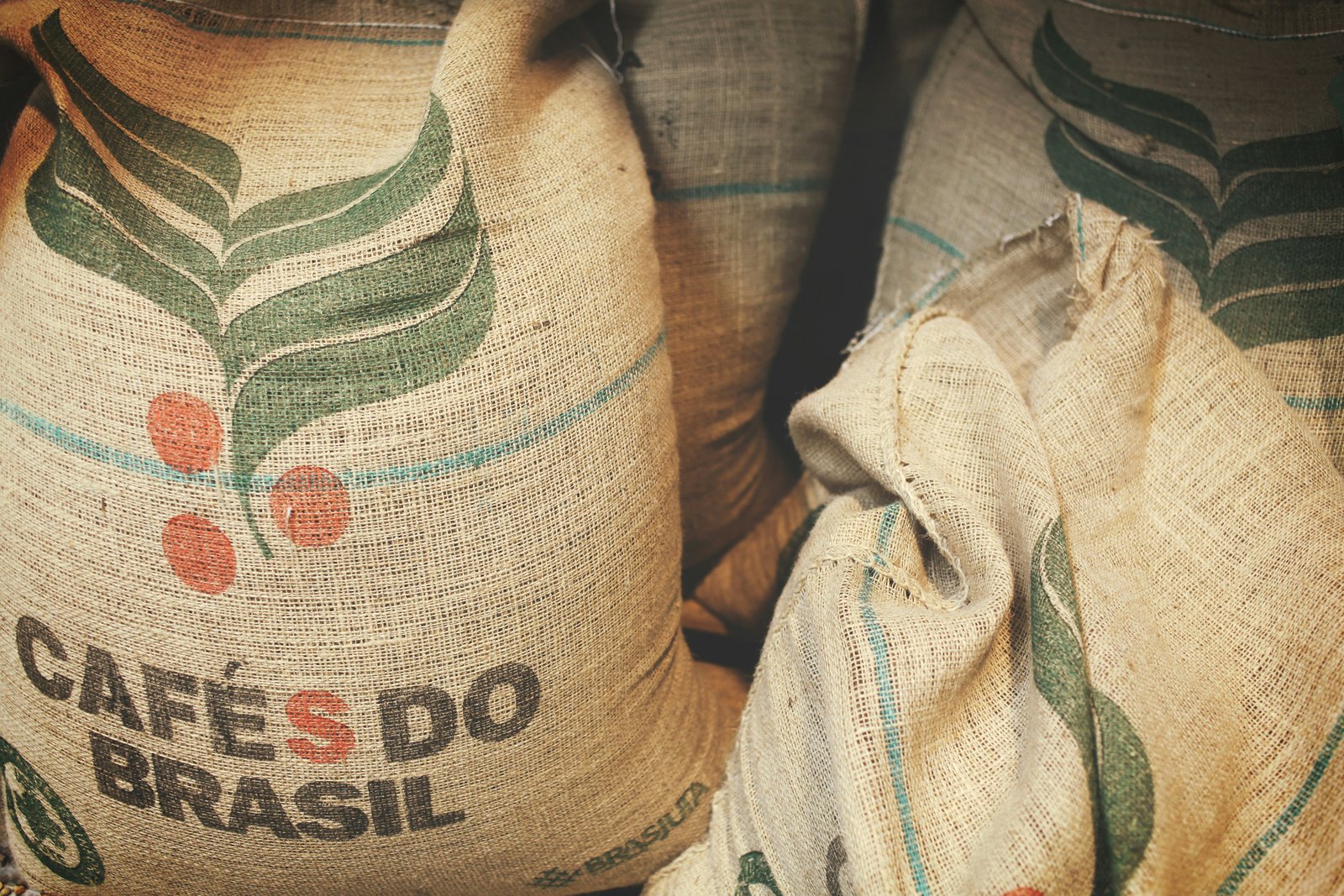
The Basics of Import-Export Agriculture: A Comprehensive Guide
Introduction
Welcome to our blog post on import-export agriculture. In this article, we will provide you with a comprehensive guide to the basics of import-export agriculture, focusing on the business-related aspects. Whether you are a seasoned agricultural trader or just starting out in the industry, this article will provide you with valuable insights and information.
What is Import-Export Agriculture?
Import-export agriculture refers to the trade of agricultural products between countries. It involves the buying and selling of crops, livestock, and other agricultural commodities across international borders. This sector plays a crucial role in meeting the global demand for food, ensuring food security, and promoting economic growth.
The Benefits of Import-Export Agriculture
Import-export agriculture offers numerous benefits for both exporting and importing countries. Some of the key advantages include:
- Access to a wider market: Exporting agricultural products allows farmers and producers to reach a larger customer base, increasing their potential for sales and profits.
- Diversification of income: By engaging in import-export agriculture, farmers can diversify their income sources, reducing the risks associated with relying solely on domestic markets.
- Increased food security: Importing agricultural products can help countries ensure a stable food supply, especially during times of drought, crop failure, or other emergencies.
The Process of Import-Export Agriculture
The import-export agriculture process involves several key steps:
- Market research: Before engaging in import-export agriculture, it is essential to conduct thorough market research to identify potential buyers, understand market trends, and assess demand and supply conditions.
- Product selection: Choose the agricultural products you want to import or export based on market demand, feasibility, and profitability.
- Supplier or buyer identification: Find reliable suppliers or buyers who can meet your quality and quantity requirements.
- Negotiation and contract: Negotiate the terms and conditions of the trade, including price, delivery schedules, and payment terms, and formalize the agreement through a contract.
- Customs and documentation: Ensure compliance with import and export regulations, obtain necessary permits and licenses, and complete the required documentation.
- Logistics and transportation: Arrange for the transportation of goods, including packaging, shipping, and delivery.
- Customs clearance: Clear customs at both the exporting and importing countries, paying any applicable duties or taxes.
- Quality control and inspection: Ensure the quality and compliance of the agricultural products through inspections and certifications.
- Payment and finance: Settle payments with suppliers or buyers, considering factors such as currency exchange rates and payment methods.
Challenges in Import-Export Agriculture
While import-export agriculture offers numerous opportunities, it also comes with its fair share of challenges. Some common challenges include:
- Trade barriers: Tariffs, quotas, and other trade barriers imposed by countries can hinder the smooth flow of agricultural products.
- Quality control: Ensuring consistent quality and compliance with international standards can be challenging, especially when dealing with diverse suppliers and buyers.
- Logistics and transportation: Managing the logistics and transportation of agricultural products across long distances can be complex and costly.
- Market volatility: Fluctuations in market demand, prices, and currency exchange rates can impact the profitability of import-export agriculture.
Conclusion
Import-export agriculture is a dynamic and vital sector in the global agricultural industry. By understanding the basics of import-export agriculture and navigating the associated challenges, businesses can tap into new markets, diversify their income, and contribute to food security. We hope this comprehensive guide has provided you with valuable insights and information to embark on your import-export agriculture journey.
